Butterfly Pea Flowers – Benefits, Side Effects, and Where to Buy Near You
Butterfly pea flowers are vibrant blue blossoms packed with natural antioxidants and nootropic benefits. Originating from Southeast Asia, these petals are now becoming a trending ingredient in herbal tea and wellness drinks across the U.S. In this article, we’ll cover everything you need to know about butterfly pea flowers—from health benefits and side effects to where to buy them near you. If you’ve ever asked whether this colorful tea is safe to drink daily or how it affects mood, digestion, or pets, you’ll find all the answers here.
Table of Contents
What Are Butterfly Pea Flowers and Why Are They Popular?
What exactly are butterfly pea flowers?
Butterfly pea flowers, scientifically called Clitoria ternatea, are bright blue blossoms traditionally used in Southeast Asian medicine and cuisine. The flower is well-known for its striking color-changing properties. When steeped in hot water, the petals release a deep blue pigment that can shift to purple with a touch of lemon juice.
This tea is caffeine-free, mild in taste, and often served chilled or infused with other herbs and citrus. It’s commonly included in many herbal drinks on wellness blogs and drink menus today.
Native to Thailand and India, butterfly pea flowers have long been used for their memory-boosting and mood-supporting properties. The petals are rich in anthocyanins, particularly ternatins, which give the flower its iconic blue color.
Why butterfly pea tea is gaining popularity in the US
In recent years, butterfly pea flower tea has exploded in popularity across North America. Many health-conscious consumers are turning to natural teas as alternatives to sugary beverages and caffeinated drinks. Its ability to shift colors also makes it an Instagram-friendly drink that stands out at events or dinner parties.
Moreover, its inclusion in healthy tea recipes on platforms like Pinterest and food blogs has boosted its demand in local markets and specialty tea shops.
Beyond visual appeal, more people are exploring butterfly pea flower tea for its potential to support focus, digestion, and stress relief—without relying on synthetic supplements.
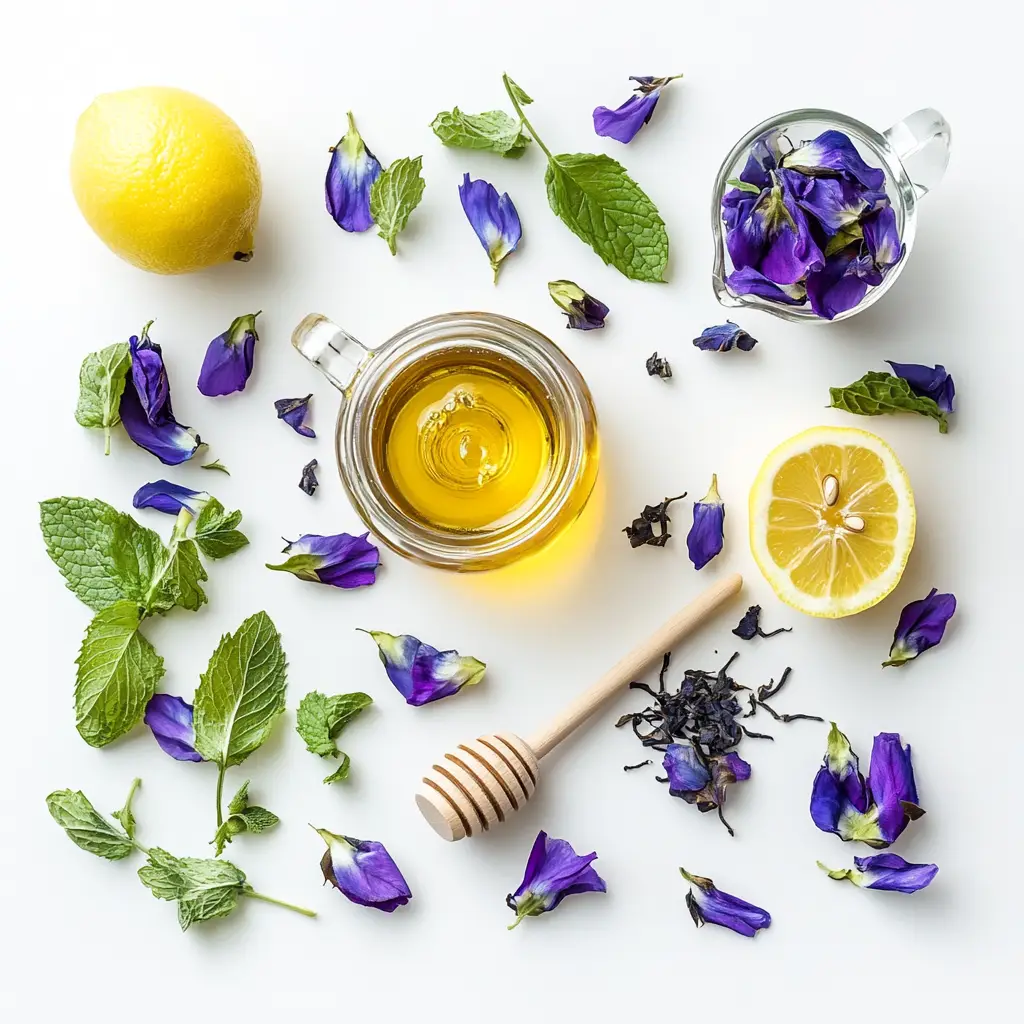
Butterfly Pea Flower Benefits – What Is It Good For?
Nutritional and antioxidant properties of butterfly pea flowers
Butterfly pea flowers are more than just colorful petals—they’re loaded with natural plant compounds. The key antioxidant found in these flowers is ternatin, which gives the petals their signature deep blue hue and is known for supporting the body’s fight against free radicals. They also contain anthocyanins, similar to those in blueberries, which contribute to overall cellular protection and may help reduce inflammation.
According to a study by the NCBI, Clitoria ternatea extracts have been observed to support brain function, metabolic balance, and anti-stress activity. These findings suggest butterfly pea flower tea could play a helpful role in managing everyday stress and mental fatigue.
Tea lovers who enjoy plant-based wellness often add butterfly pea flower to their own blends or combine it with calming ingredients like lemon balm. It’s caffeine-free and can be safely consumed in the afternoon or evening without disrupting sleep.
Key benefits of butterfly pea tea for your mind and body
Here’s a breakdown of the most recognized benefits linked to drinking butterfly pea flower tea regularly:
| Health Benefit | How It Helps |
|---|---|
| Cognitive Clarity | Supports memory and mental alertness |
| Relaxation | May ease stress without causing drowsiness |
| Antioxidant Defense | Helps protect cells from damage |
| Eye and Skin Support | Anthocyanins promote better circulation and may enhance skin tone |
| Blood Sugar Control | Shown to help manage glucose levels |
You’ll also find butterfly pea tea in various DIY drink recipes, often paired with natural flavors like citrus or ginger. One great pairing is seen in this refreshing crystallized ginger lemon tea, which shares many calming and detox-friendly properties with butterfly pea.
Drinking butterfly pea flower tea regularly may help reduce brain fog and improve mood—without relying on synthetic stimulants or sugar-filled drinks.
How Butterfly Pea Tea Affects Your Body and Mood
How does butterfly pea tea make you feel?
Butterfly pea flower tea is known for its calming yet alerting effect. Many people describe the sensation as a gentle lift in clarity, without the jitteriness of caffeine. Its natural compounds, especially flavonoids, are believed to reduce cortisol—the stress hormone—while supporting neurotransmitter function.
You may feel more mentally centered, making it a suitable drink before study sessions or after a stressful workday. Because it’s caffeine-free, it won’t disrupt sleep, making it ideal for winding down in the evening. It’s similar in relaxing properties to green tea-based drinks, but without bitterness.
How butterfly pea flower tea works inside your body
Inside the body, butterfly pea tea works primarily by delivering a dose of antioxidants, particularly ternatins and anthocyanins. These antioxidants help support your body’s ability to fight off oxidative stress and may promote better blood flow.
Unlike stimulant-based drinks, its benefits accumulate gently with regular use. The tea also contains peptides that support skin and hair health from within. If you enjoy detox-style drinks, try combining butterfly pea with ingredients found in lemon balm detox drinks for an added wellness boost.
This gentle herb supports both body and mood—without overloading your system.
Are There Any Side Effects of Butterfly Pea Flowers?
What are the side effects of butterfly pea flower tea?
- Most people tolerate butterfly pea tea well when consumed in moderation.
- Possible mild side effects include:
- Nausea (especially on an empty stomach)
- Digestive discomfort or bloating
- Dizziness in rare cases, usually when consumed in large quantities
- Effects are generally short-lived and subside once intake is reduced
- Best to start with a small cup if you’re drinking it for the first time
- Can be safely enjoyed like other mild herbal teas, such as this cranberry and apple cider vinegar tonic
Who should avoid drinking butterfly pea tea and why
- Pregnant and breastfeeding women should avoid butterfly pea tea due to limited research on its safety
- People taking medications for:
- Blood pressure
- Blood sugar regulation
…should consult a doctor first, as butterfly pea flower may interact with these drugs
- Children under age 12 should only consume under medical guidance
- While not known to be toxic to animals, it’s safest to keep butterfly pea tea away from dogs and cats
- For herbal alternatives that pair well with butterfly pea tea, explore this natural wellness drink recipe
How to Drink Butterfly Pea Tea Safely and Effectively
Best time to drink butterfly pea flower tea during the day
- The ideal time to enjoy butterfly pea flower tea is late morning or early evening.
- Unlike caffeinated teas, it won’t interrupt your sleep and may even help reduce stress before bed.
- Many drink butterfly pea tea as part of their afternoon wind-down routine or paired with a light snack.
- Some users prefer it in the morning for a calm, focused start without stimulants.
- It’s commonly included in soothing drinks like this lemon balm detox recipe, perfect for relaxing before bed.
Can you drink butterfly pea flower tea every day?
- Yes, daily consumption is generally safe for most healthy adults.
- Start with 1 to 2 cups per day and observe how your body responds.
- Always use dried butterfly pea flowers from trusted sources. See tips in the buying section coming up next.
- Rotate with other teas like crystallized ginger lemon tea for variety and balance.
- If you notice digestive discomfort or nausea, reduce your intake or pause temporarily.
- Remember, moderation matters—even with herbal teas.
Butterfly pea flower tea fits easily into most lifestyles when consumed sensibly and can be a consistent part of your wellness routine.
Buying Guide – Butterfly Pea Flowers Near Me and Online
Where to buy butterfly pea flowers in-store and online
- When searching for butterfly pea flowers near me, start with local herbal stores, Asian grocery stores, or natural food markets.
- Ask if they carry Clitoria ternatea or dried blue tea petals—some shops list it under either name.
- Farmers’ markets often stock them seasonally, especially in urban or coastal areas.
- For guaranteed availability, shop online through reliable platforms like:
- Amazon
- Etsy
- Mountain Rose Herbs
- hier
- Make sure the listing specifies organic or food-grade butterfly pea flowers to avoid products grown with synthetic pesticides.
You can also explore this Japanese detox tea to see how dried flower ingredients are used in cleansing blends.
Tips to find fresh and quality butterfly pea flowers near you
- Look for vivid blue or purplish petals with no signs of fading or browning.
- Flowers should be dry, lightweight, and stored in airtight packaging away from moisture or light.
- Whole dried flowers are preferred over powders for steeping.
- Always read reviews if buying online and check for certifications like non-GMO or USDA Organic.
- Some recipes, like this apple cider detox blend, also use herbs and roots alongside butterfly pea flowers, so buying in bulk can be more economical.
Whether shopping in-store or online, you’ll find that butterfly pea flowers are widely accessible in the U.S. and can easily be part of your pantry.
Butterfly Pea Flower Tea and Pets – Is It Safe?
Is butterfly pea flower poisonous to dogs or other pets?
Butterfly pea flowers are considered safe for human consumption, but that doesn’t mean they’re automatically safe for pets. While there’s no official classification labeling butterfly pea flower tea as toxic to dogs, there is also no conclusive research proving it’s entirely harmless. Pets metabolize herbs differently than humans, and ingredients commonly added to tea—such as citrus, honey, or spices—can upset your pet’s digestive system. If your dog or cat happens to sip from your cup, watch closely for symptoms like nausea or loose stool.
To be cautious, it’s best not to offer butterfly pea tea to your pets, especially if it contains any added flavors. Keep all tea blends stored in airtight containers and away from areas your dog can reach.
What to do if your pet consumes butterfly pea flower tea
If your pet accidentally ingests a small amount of plain, unsweetened butterfly pea flower tea, don’t panic. Most dogs will not experience severe side effects, but you should still monitor their behavior for a few hours. If any vomiting or diarrhea occurs, contact your vet. Avoid offering herbal teas as treats and opt for pet-safe hydration methods.
You can always enjoy your own relaxing blends like this energizing herbal drink while keeping pets away from herbal ingredients. For more wellness drinks made for humans, explore this refreshing detox recipe next time you brew a cup.
How to Use Butterfly Pea Flowers in Drinks and Recipes
Simple butterfly pea tea recipe and usage ideas
Butterfly pea flowers are incredibly versatile and can be used in teas, lemonades, cocktails, and even baked goods. To make a basic cup of butterfly pea tea, steep one teaspoon of dried flowers in hot water for 5 to 7 minutes. The result is a vibrant blue tea that can be enjoyed hot or chilled. Add a squeeze of lemon and watch it turn purple—perfect for impressing guests or simply elevating your afternoon routine.
You can mix butterfly pea tea with herbs like mint or chamomile, or even use it as a base for smoothies and iced drinks. For something creative, try combining it with ingredients from this green tea recipe or substitute it in fruit-infused drinks for a colorful twist.
Creative ways to add butterfly pea flowers to your food or cocktails
Beyond tea, butterfly pea flowers can be used to naturally color rice, ice cubes, or even frostings. In cocktails, the tea works well as a base for mojitos or gin spritzers. Simply brew and chill it, then mix with citrus, herbs, or a light sweetener. You’ll find it featured in recipes like this Japanese detox blend that combines flavor with wellness benefits.
In baking, the powdered version of butterfly pea flowers can be added to pancake batters or cupcake frosting for a rich blue hue without artificial coloring. It’s a fun way to enjoy the benefits of butterfly pea flowers while adding visual flair to your meals.
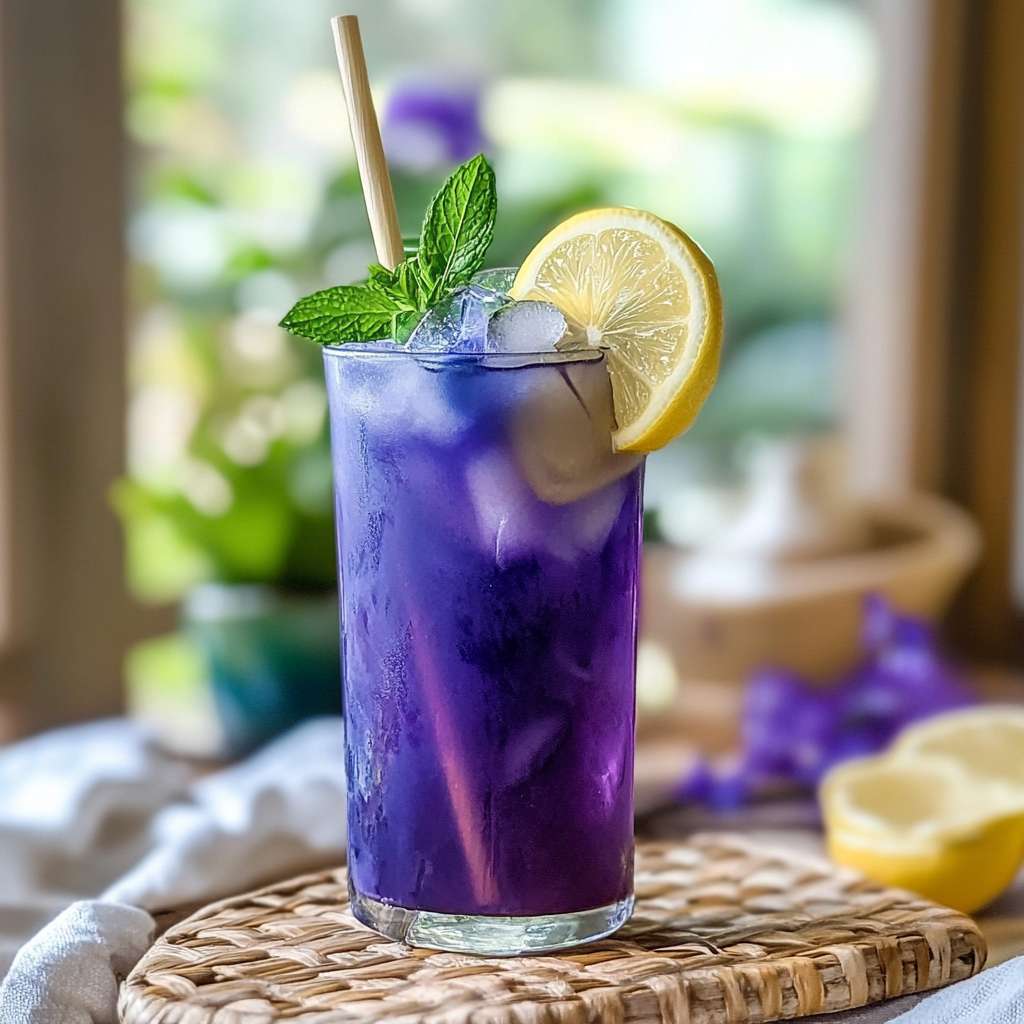
FAQs About Butterfly Pea Flowers
What is butterfly pea flower good for?
Who should not drink butterfly pea flower?
What are the side effects of butterfly pea flower?
Can I drink butterfly pea tea every day?
Is butterfly pea flower poisonous to dogs?
Conclusion
Butterfly pea flowers are a unique and beautiful way to enjoy natural health benefits through daily tea rituals. From promoting calmness and cognitive clarity to aiding digestion and offering vibrant color in your kitchen, these blue blossoms bring both wellness and versatility. Whether you’re drinking it solo, adding it to a detox blend, or exploring creative recipes, butterfly pea tea can be a flavorful part of your routine.
As long as you’re mindful of potential side effects and use it appropriately, there’s a lot to enjoy. If you’re wondering where to find butterfly pea flowers near you, check local herbal shops or trusted online stores. Start with a simple brew or try it in a more advanced wellness recipe for a functional and enjoyable experience.
🟦 7 Stunning & Proven Benefits of Butterfly Pea Flowers
- Supports Cognitive Function – Enhances memory and focus
- Promotes Relaxation Without Drowsiness – Naturally calms the mind
- Rich in Antioxidants – Helps combat free radicals and inflammation
- Aids Blood Sugar Balance – Supports stable glucose levels
- Improves Skin and Hair Health – Boosts circulation and cellular repair
- Naturally Enhances Vision – Traditional use for better eye health
- Visual Appeal & Color-Changing Magic
For more colorful tea inspiration and healthy drink ideas using butterfly pea flowers, follow us on Facebook and browse daily recipe visuals on Pinterest.

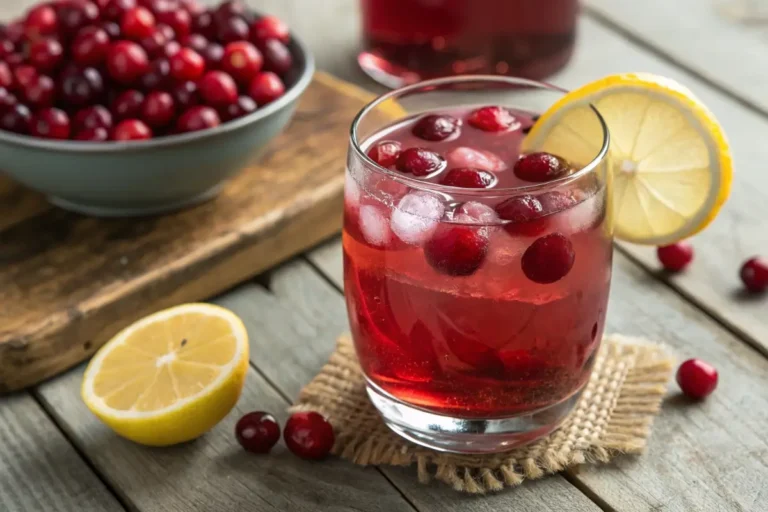
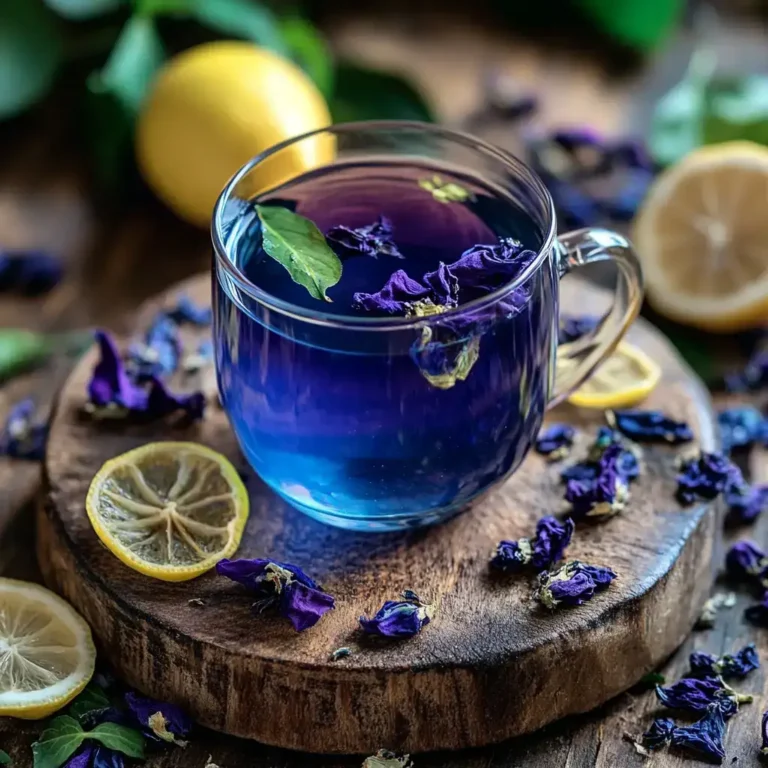
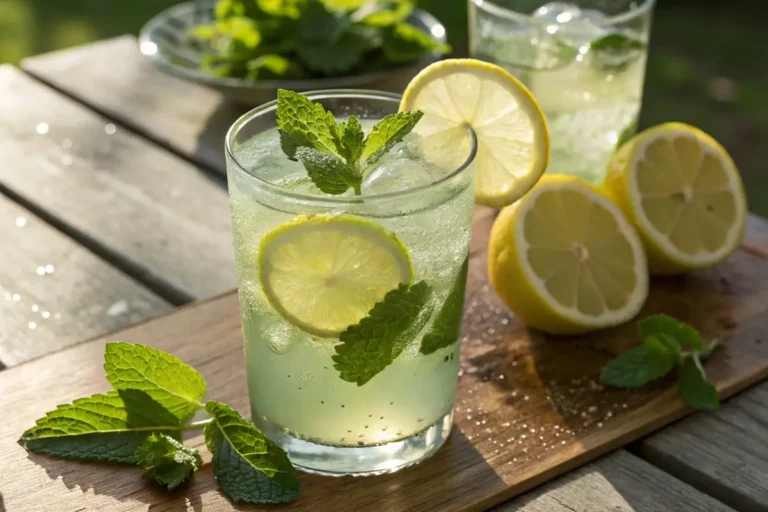
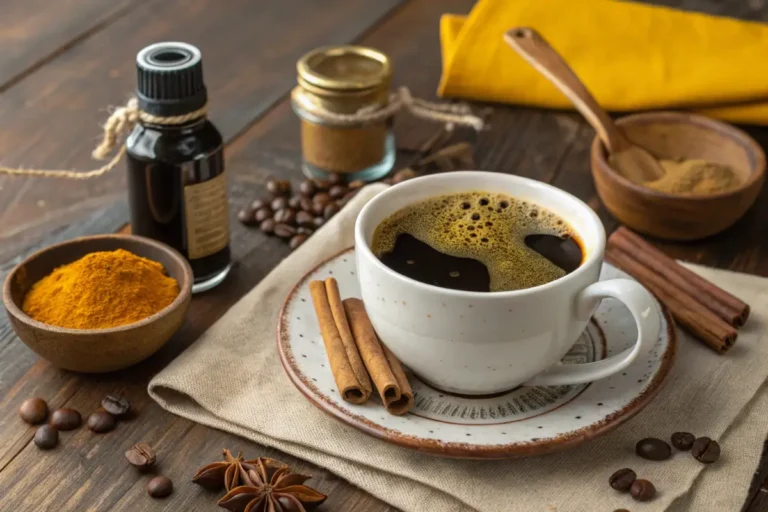
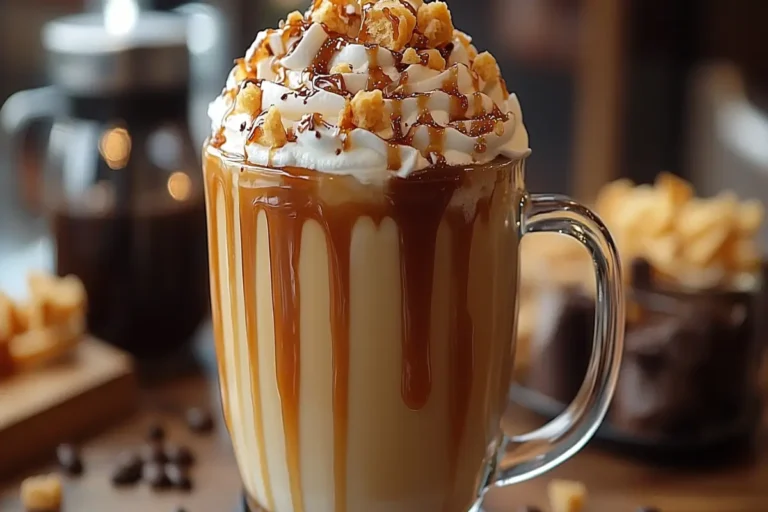
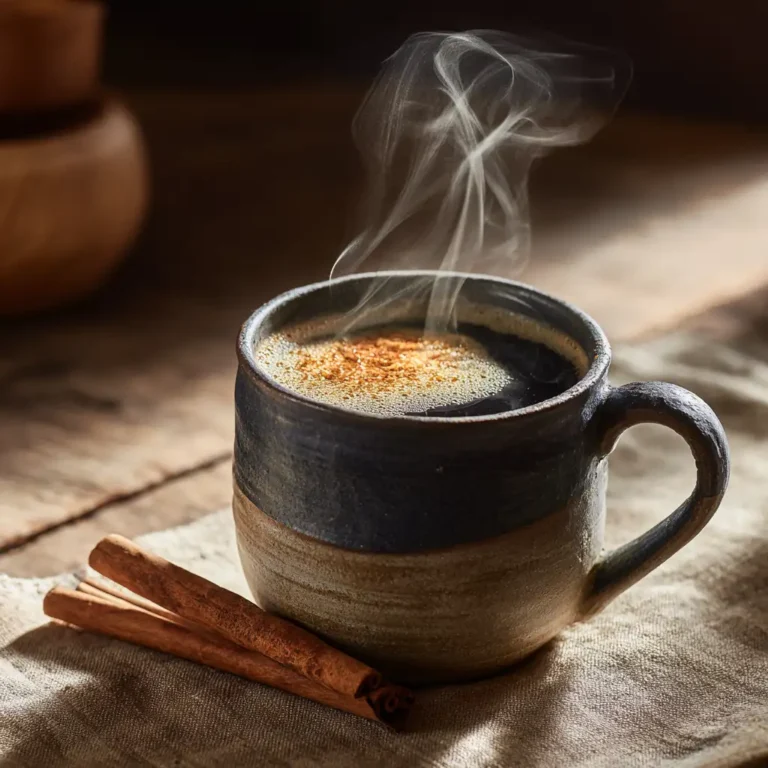
This is a fantastic overview of butterfly pea flowers!
I’d add that the vibrant blue color is due to anthocyanins, potent
antioxidants that have been linked to improved cognitive function and protection against cellular damage.
🧠 Also, for those interested in sustainable sourcing, look for suppliers that prioritize
organic farming practices and support local Southeast Asian communities where
the flower is traditionally cultivated. 🌿